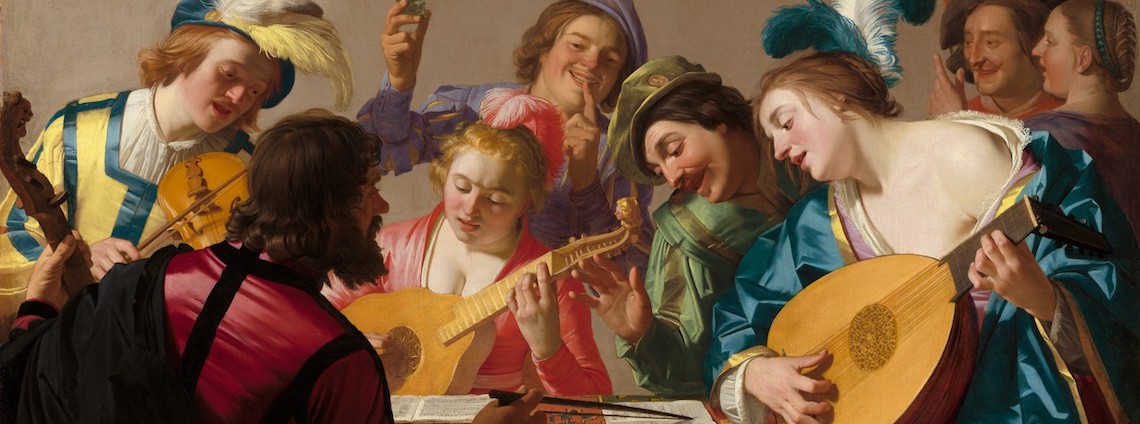Christ Church Cathedral | Map
Jenny Högström, soprano; Terry Wey, counter-tenor; Alexander Weimann, harpsichord; Beiliang Zhu, cello; Lucas Harris, lute
Throughout the history of the creative arts, young artists have acquired the skills of their trade through the imitation and transformation of preexisting models. During Handel’s early years in Italy, he made a point of learning from, copying from, and most importantly, expanding on the musical material with which he came in contact. For this program, two of Europe’s most accomplished young Baroque vocalists, Terry Wey and Jenny Hogstrom, perform virtuosic cantatas and fiery love duets by Handel from his early Italian period as well as a duet by one of his mentors, Agostino Steffani.
Supported by Chris Guzy and Mari Csemi
Click here for information about parking around / transiting to Christ Church Cathedral
Programme
Sonata VII in F major – Bernardo Pasquini
Begl’occhi, oh Dio, non più (1699) Chamber duet – Agostino Steffani
Toccata, Fuga, en la mineur | A minor – Alessandro Scarlatti
Nel dolce tempo, HWV 135b Italian cantata for alto voice – George Frederic Handel
Composed in London, after 1710
Interval
Sonata IX in c minor – Bernardo Pasquini
La Lucretia Solo Cantata, HWV 145 for soprano – G.F. Handel
Composed in Florence or Venice, 1706?, copied for marquis Ruspoli on 31 August 1709
Cello sonata in C major, Op. 2 No. 3 – Salvatore Lanzetti
Published in 1750
Tanti Strali, Chamber duet – G.F. Handel HWV 197
Composed between 1710-11
Programme Notes
Between late 1706 and early 1710, G.F. Handel spent over three years in Italy absorbing Italian art and culture, putting him in close daily contact with some of the most virtuosic performers, composers and artists living and working there at the time. We know that, among others, he would have come in contact with Lotti, Caldara, Corelli, Alessandro and Domenico Scarlatti. Much of what he composed during this period was vocal chamber music for performance at the private concerts of one his most generous patrons, the Roman Marchese Ruspoli. This programme is a sampling of some of this vocal music paired with contemporary Italian instrumental music.
Bernardo Pasquini (1637 – 1710) was an Italian keyboard virtuoso, teacher and composer of operas, oratorios, cantatas and keyboard music. In 1706, together with Arcangelo Corelli and Alessandro Scarlatti, Pasquini became a member of the “Academy of Arcadia”.The two short Pasquini duets on tonight’s programme are directly related to the “partimento” tradition of learning composition and improvisation at the keyboard. Partimenti were “potential musical works” – bass lines that implied certain voice leading, melodies, and imitation. Students were expected to practice realizing these implications as they improvised over the given bass lines. Though it isn’t hard to imagine teacher and student playing these sonatas together as pedagogical exercises, they are also very satisfying to listen to, and work particularly well for harpsichord and lute. Handel also wrote partimento-type continuo exercises, known as “Exercises for Queen Anne” for the daughter of George II who studied composition with him in England.
Begl’occhi oh Dio, non piu is a chamber duet for soprano and alto written in 1699 by, Agostino Steffani (1650-1723), a master of vocal chamber music, secular cantatas and opera, whose work was studied and admired by the young Handel. This Italian composer spent most of his professional career in Germany, first in Munich then at the court of Hanover. These works for two voices and basso continuo, of which there are approximately one hundred, were written probably between the years 1689 and 1716. It is said, that Handel got his hands on a collection of Steffani’s chamber duets in 1710 and that he carefully modeled his own chambers duets directly on them, even admitting that, while he could match their beauty, he could not surpass them. Handel’s chamber duet Tanti Strali from 1710-11, for example, shows Steffani’s influence and demonstrates a whole range of Handel’s writing from the virtuosic first movement, through the languid second movement to the final fugal movement, which experienced Handelians will recognize from his much later oratorio Solomon. Both of these duets follow the duetti da camera style in which there are no recitatives and both voices sing the same text. While lacking in dramatic narrative content, they are an opportunity to weave great melody and counterpoint. Historian Paul H. Lang even suggests that J.S. Bach himself took the Steffani compositions as patterns for his cantata duets, as well as for the duets in the B minor mass.
Toccata, Fuga, en la mineur | A minor – Alessandro Scarlatti: When Handel arrived in Italy, Alessandro Scarlatti was one of the most successful and respected composers working there at that time. Though he was primarily a composer of opera (he wrote over 100), he also wrote upwards of five hundred chamber cantatas for solo voice that doubtless would have been an influence on the young Handel. Given the fact that Scarlatti also wrote some 35 oratorios and at least 200 masses, his production for keyboard instruments is somewhat modest in terms of quantity. The opening bars of this short work for keyboard only contain a series of bass notes and figures as well as the term arpeggio. In connection to this term, two contemporaries of Scarlatti come to mind: Geminiani for the violin and Gasparini for the basso continuo. Both practiced the acciaccatura, the short embellishing note that smuggles a well-dosed, so-called harmonious dissonance into the chord. Alessandro equally liked to use this technique as did his virtuosic son Domenico, inspired by the techniques of the guitarra spagnuola.
Nel Dolce del tempo-hwv 135b: This cantata for alto soloist and continuo was likely written by Handel in 1708 during a short visit to Naples. It is a typical Italian continuo cantata in its charming setting of a simple story telling of the virtuous love between a shepherd and a shepherdess who likely represent two aristocrats soon to be or recently married. This is one of a very few cantatas by Handel to include two different characters depicted by the same singer.
Cello sonata in C major, Op. 2 No. 3: Salvatore Lanzetti (1710-1780) was a gifted cellist and composer who worked in service to the court chapel in Lucca and for Vittorio Amedeo II in Turin. Before Boccherini, Lanzetti began to establish the cello as a solo instrument and was an important figure in the development of the cello sonata as a form. He was in London in the 1730s and may have lived there until 1754 which may have brought him into contact with Handel.
La Lucrezia-hwv 145, a solo cantata for soprano and continuo, was composed in Florence or Venice around 1706 and was copied for Marchese Ruspoli’s collection during August 1709. One of Handel’s most often performed chamber works, with a libretto written by Cardinal Benedetto Pamphili, it is a masterpiece of the genre and can be considered a sort of opera “scena” requiring a great singing actress. Depicting the inner turmoil faced by Lucrezia after her rape, and leading up to her suicide, it is a series of recitatives and arias beseeching the gods to take vengeance on Sextus Tarquinius, the son of the last king of Rome who robbed her of her virtue.
Programme notes by Matthew White
Texts and Translations
Click here to view or download the texts and translations for this concert
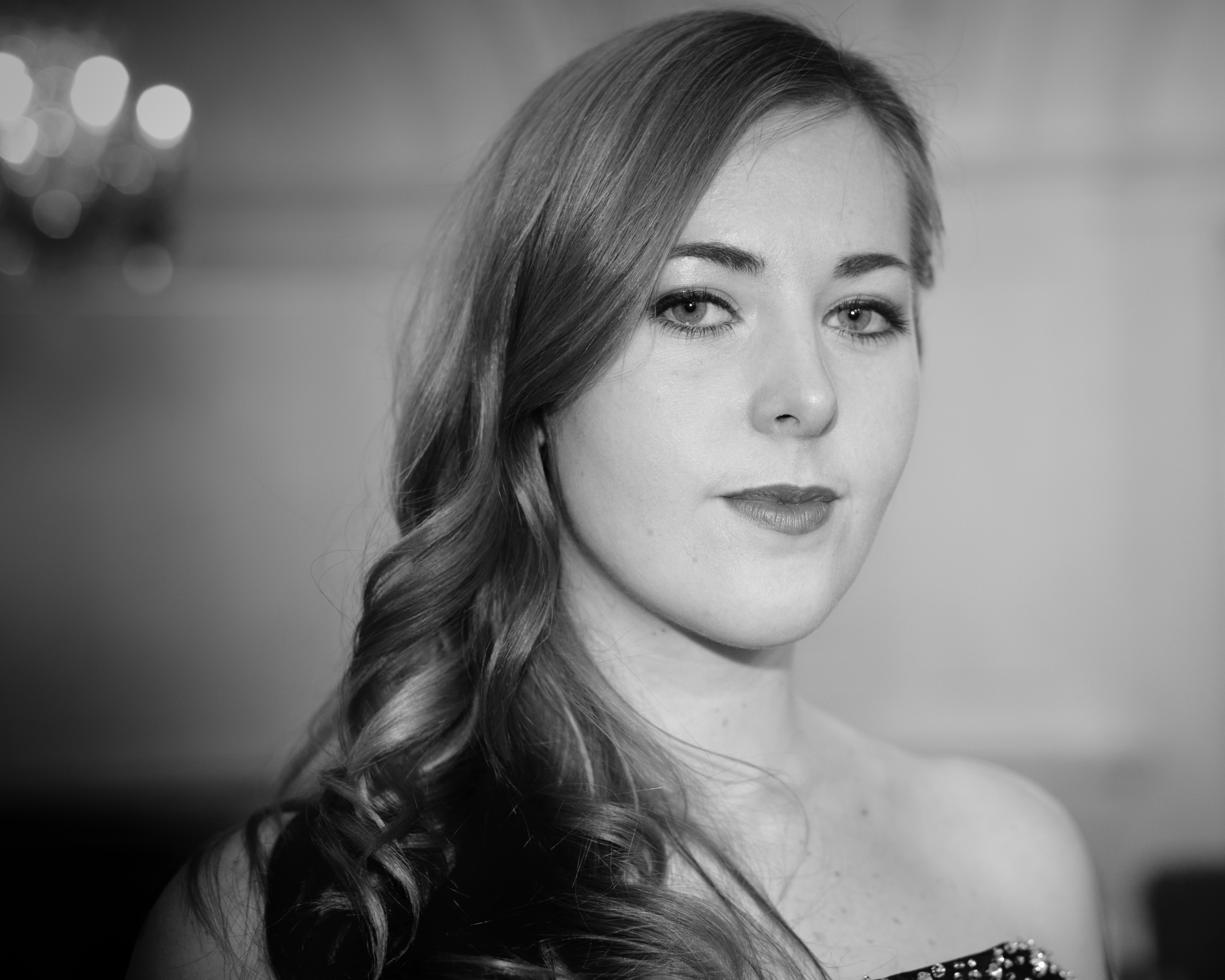
Jenny Högström, soprano
The soprano Jenny Högström was born in Luleå, Sweden. At the age of nine Jenny started learning the clarinet, and later the piano. She decided to study singing at the age of 16 for the soprano Gunilla Niska and later with Synnöve Dellquist at the Collage of Music in Piteå, Sweden, in the spring of 2012 she graduated with distinction from Schola Cantorum Basiliensis, Basel, Switzerland, with a Master of Arts in Historical Perfomance for Professor Ulrich Messthaler, and in 2014 she completed a Master in Music Pedagogy. During her studies she has undertaken Master Classes in singing and chamber music with Andreas Scholl, Margreet Honig, Alessandro de Marchi, Andrew Laurence-King, Anthony Rooley, Birgitta Svendén and Barbro Marklund among others.
As a soloist she has been invited to perform throughout Europe in prestigious festivals, such as Händelfestspiele Halle,Schwetzinger Festspiele und Berliner Tage für Alte Musik (Germany), Stockholm Early Music Festival (Sweden), Cambridge Summer Music Festival (England), Jeune Talents Paris (France) and Trigonale Festival (Austria). The main focus of her repertoire lies in the baroque, but the romantic Lied-repertoire lies very close to her heart. Jenny has worked with orchestras and soloist vocal ensembles such as La Cetra Baroque Orchestra and Vocal Ensemble, Collegium 1704, Ensemble Odyssey, Zürcher Sing-Akademie and Origen Ensemble Vocal. She had the opportunity to work with renowned conductors such as René Jacobs, Andrea Marcon, Hervé Niquet, Václav Luks and Michael Form. Together with Ensemble Odyssee, she recorded solo cantatas from the Neapolitan composer Gaetano Veneziano for Pan Classics: Christmas in Napels (2014), In Officio Defunctorum (2015).
Her performances during the season 16/17 includes tours with the Czech ensemble Collegium 1704 under the direction of Václav Luks, and with Ensemble Odyssey, conducted by Andrea Friggi. She also sang the role of Calliope in Handel’s “Il Parnasso in Festa” in Amsterdam Concertgebouw under the baton of Andrea Marcon. Jenny performs for the first time this summer at Early Music Vancouver.
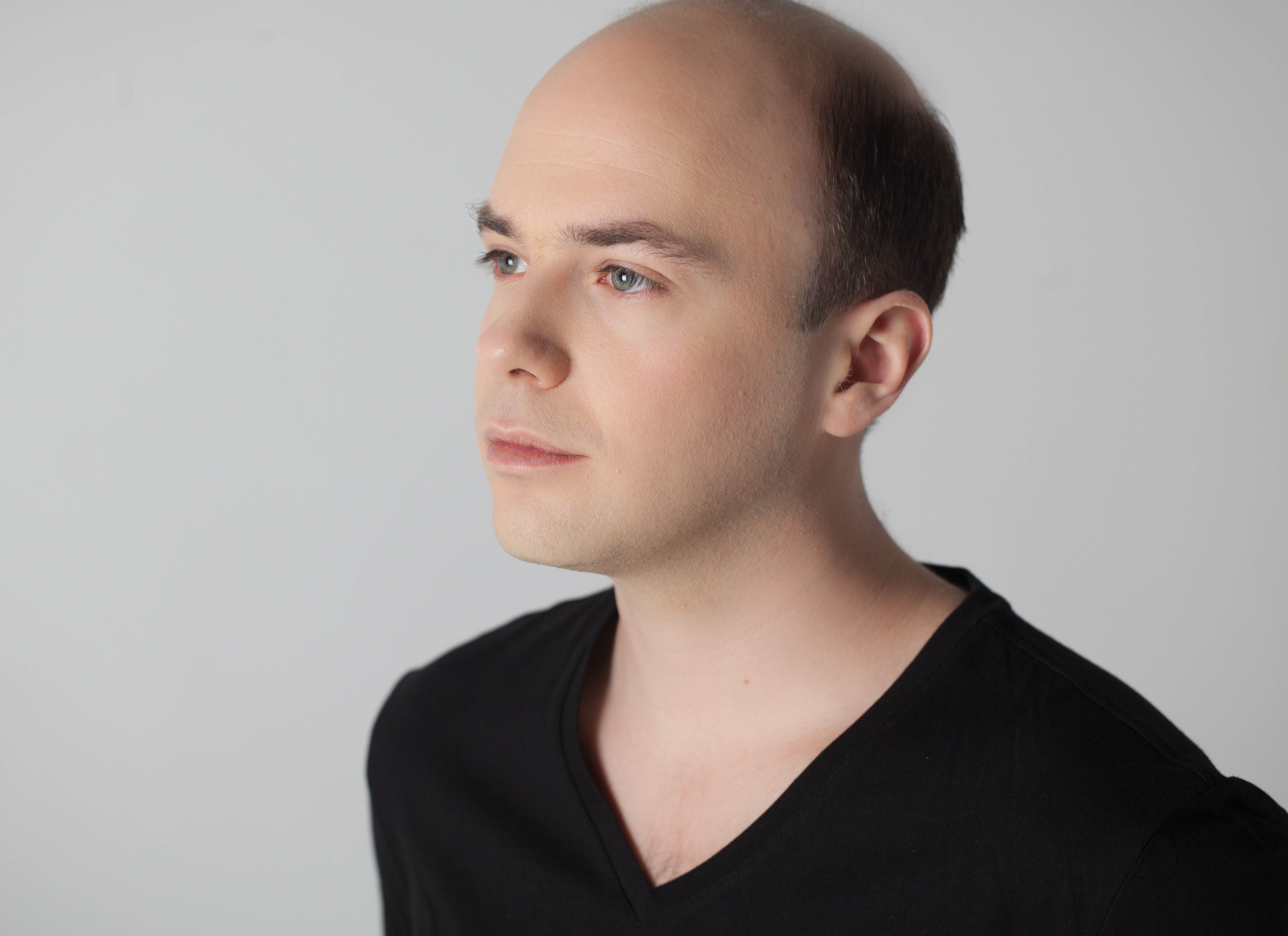
Terry Wey, counter-tenor
Terry Wey was born in Bern/Switzerland in 1985 and received his musical education as soloist of the Wiener Sängerknaben and later at the Konservatorium Wien. Since then, he was invited to some of the most important concert halls and festivals, e.g. to Festspielhaus Baden-Baden, Lincoln Center New York, Barbican Centre London or Lucerne Festival. In summer 2009, he took part in the opening concert of the Salzburg Festival at Felsenreitschule Salzburg.
On opera stage, he performed in a variety of different roles such as Oberon (Britten: A Midsummer Night’s Dream), Ruggiero (Vivaldi: Orlando Furioso) or Andronico (Legrenzi: Il Giustino) at opera houses such as Staatsoper Stuttgart, Teatro Real Madrid, Théâtre des Champs-Elysées or Deutsche Oper am Rhein, culminating in the main role of Händel’s Partenope at Theater an der Wien alongside Christine Schäfer (2009), as well as his debut at the Salzburger Pfingstfestspiele conducted by Riccardo Muti (2011) and his first collaboration with Nikolaus Harnoncourt at the styriarte festival 2014. He frequently works with Early-Music specialists such as William Christie, Marc Minkowski, Thomas Hengelbrock or Michael Hofstetter. Terry Wey’s special interest in renaissance polyphony led him to found the vocal ensemble Cinquecento. His work is documented by numerous recordings for labelslike hyperion, EMI/Virgin, Oehms Classics and, most recently, deutsche harmonia mundi featuring his first solo album, Pace e Guerra (2017).
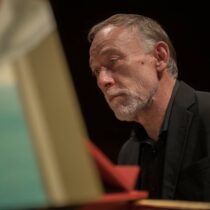
Alexander Weimann, harpsichord
Alexander Weimann is one of the most sought-after ensemble directors, soloists, and chamber music partners of his generation. After travelling the world with ensembles such as Tragicomedia, Cantus Cölln, the Freiburger Barockorchester, Gesualdo Consort and Tafelmusik, he now focuses on his activities as Music Director of the Pacific Baroque Orchestra in Vancouver, Music Director of the Seattle Baroque Orchestra, and regular guest conductor of ensembles including the Victoria Symphony, Symphony Nova Scotia, Arion Baroque Orchestra in Montreal and the Portland Baroque Orchestra.
Alex was born in Munich, where he studied the organ, church music, musicology (with a summa con laude thesis on Bach’s secco recitatives), theatre, mediæval Latin, and jazz piano, supported by a variety of federal scholarships. From 1990 to 1995, he taught music theory, improvisation, and Jazz at the Munich Musikhochschule. Since 1998, he has been giving master classes in harpsichord and historical performance practice at institutions such as Lunds University in Malmö, the Bremen Musikhochschule, the University of California (Berkeley), Dartmouth College (New Hampshire), McGill University, Université de Montréal, and Mount Allison (New Brunswick). He now teaches at the University of British Columbia and directs the Baroque Orchestra Mentorship Programme there. He has received several JUNO and GRAMMY Award nominations – most recently, for the album Nuit Blanches with the Pacific Baroque Orchestra and Karina Gauvin.
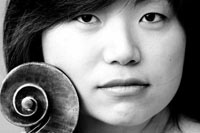
Beiliang Zhu, cello
Beiliang Zhu won the 1st prize and the Audience Award at the 2012 International Bach Competition in Leipzig (Violoncello/Baroque Violoncello). She was the first string player to receive this honor for performance on a baroque instrument. She completed her Master of Music from the Juilliard School in Historical Performance with Phoebe Carrai (Baroque cello) and Sarah Cunningham (Viola da Gamba), her Bachelor of Music and a Performer’s Certificate from the Eastman School of Music. Beiliang is currently pursuing a Doctor of Musical Arts in Violoncello, under the guidance of Steven Doane, as well as a Master of Arts in Ethnomusicology at the Eastman School of Music.
Hailed by the New York Times as “particularly exciting”, and by the New Yorker as bringing “telling nuances”, and as being “elegant and sensual, stylishly wild”, Beiliang has given solo recitals at the Bach Festival Leipzig, Boston Early Music Festival, The Vancouver Bach Festival, the Seoul Bach Festival and the Helicon Foundation. She has also performed with internationally acclaimed artists and ensembles, such as William Christie, Masaaki Suzuki, Monica Huggett, Paul O’Dette, the Boston Early Music Festival Orchestra, Juilliard Baroque, the Philadelphia Orchestra and the Trinity Wall Street Orchestra. She won a section cellist position in the Rochester Philharmonic Orchestra while still an undergraduate and continues to hold the principal cellist position of Mercury Houston.
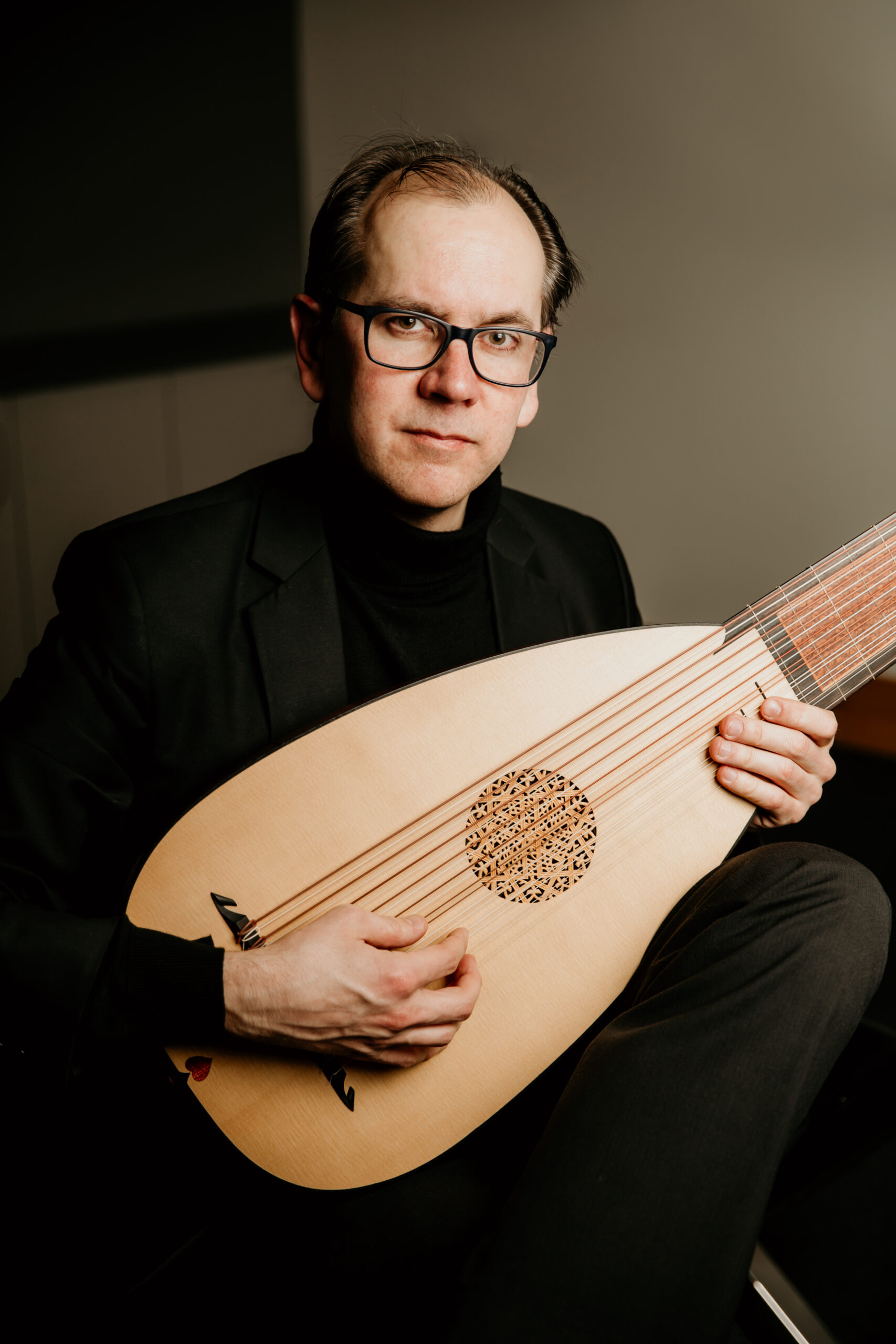
Lucas Harris, lute
Toronto-based Lucas Harris discovered the lute during his undergraduate studies at Pomona College, and went on to study the lute and early music at the Civica scuola di musica di Milano and at the Hochschule für Künste Bremen. He is a founding member of the Toronto Continuo Collective, the Vesuvius Ensemble and the Lute Legends Collective (an association of specialists in ancient plucked-string traditions from diverse cultures) and is the regular lutenist for Tafelmusik Baroque Orchestra. Lucas plays with many other ensembles in Canada and the USA and has worked with the Smithsonian Chamber Players, Atalante, and Jordi Savall / Le Concert des Nations amongst others.
He teaches at the Tafelmusik Summer and Winter Baroque Institutes, Oberlin Conservatory’s Baroque Performance Institute, and the Canadian Renaissance Music Summer School, and is a regular guest artist with Early Music Vancouver. Lucas is also the Artistic Director of the Toronto Chamber Choir, for which he has created and conducted more than twenty themed concert programs. One of Mr. Harris’ many pandemic projects was the reconstruction of 12 solo voice motets by the Italian nun Chiara Margarita Cozzolani.

